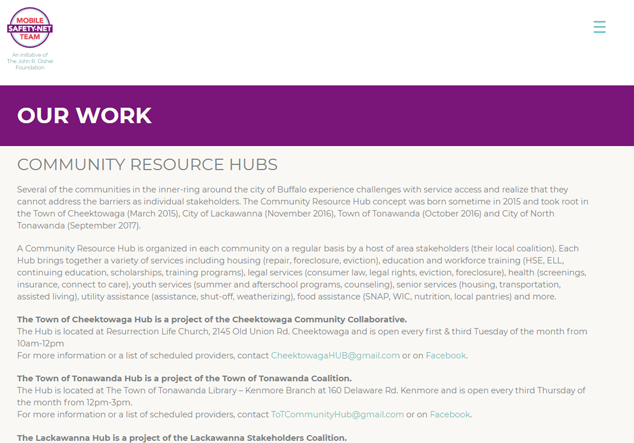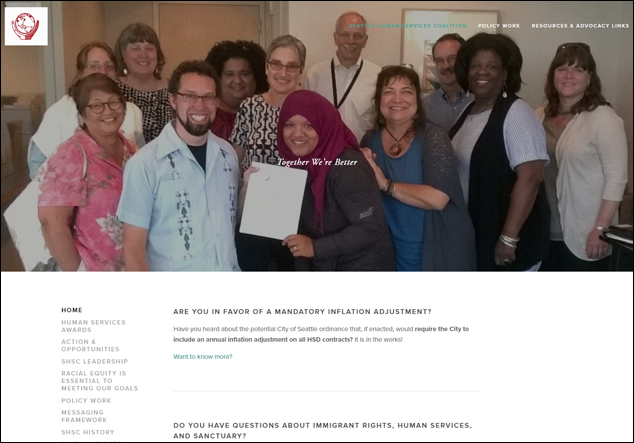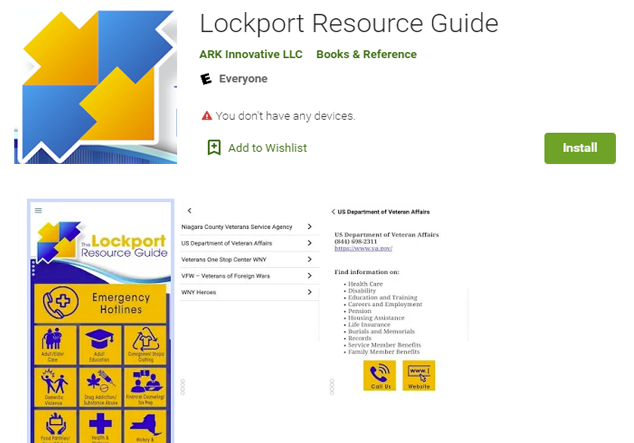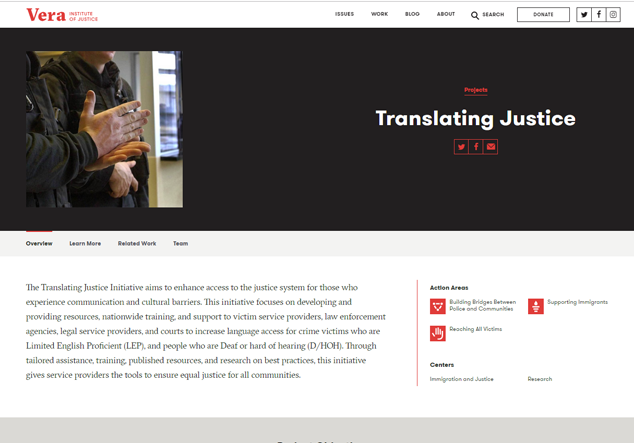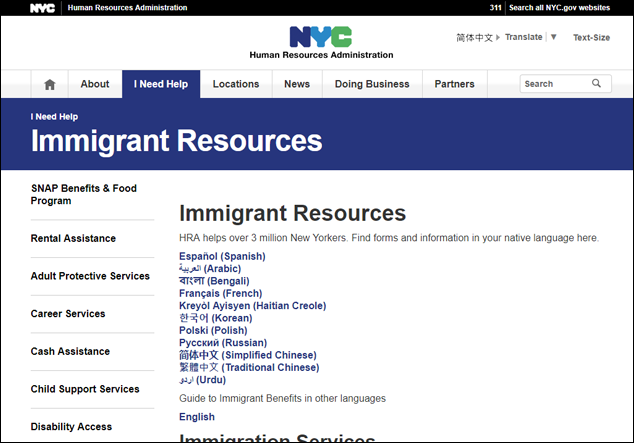Why This Strategy Matters
Insights from residents show that people living in or near poverty often face urgent concerns and need immediate support. But many are unaware of all the available services that can help stabilize their situation, especially individuals with language barriers, mobility issues, or those new to the community—conditions more common for residents in poverty. Service providers also need to know what programs are offered by other nearby organizations to connect clients with services outside their expertise and to fill service gaps. Increasing access to information on social services can help providers improve their programs while making it easier for residents to access key services.


